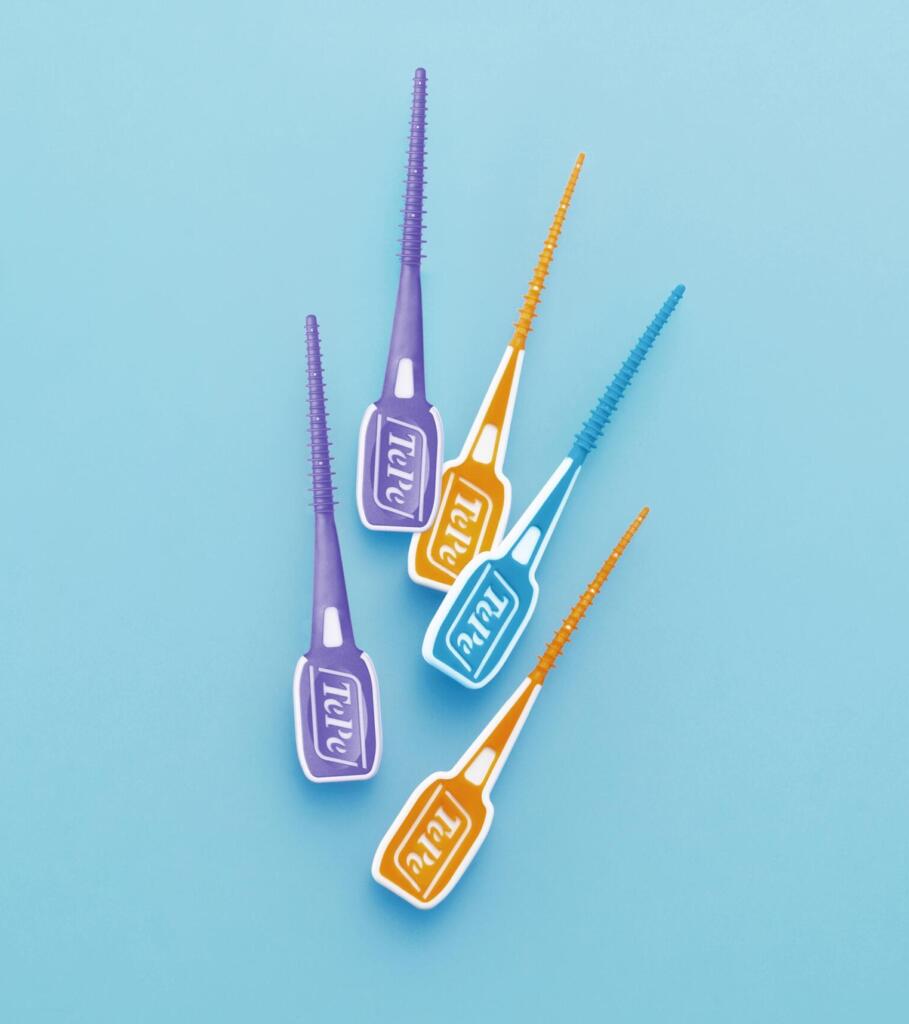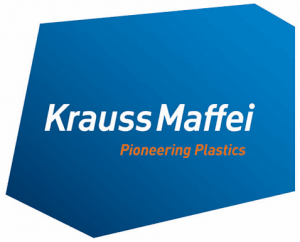
TePe & KraussMaffei Produce Smart Toothpick Made of LSR
TePe, a Swedish family-owned company specialising in oral hygiene, has taken advantage of complete systems from KraussMaffei for silicone processing to produce the EasyPick: a toothpick made of PBT and LSR, manufactured on a CXL160 SilcoSet with an L-injection unit.
As a two-component part, the EasyPick is solid enough for the task and, because of its silicone overlay, gentle on the gums.
Silicone is the ideal material for oral hygiene applications because it is flexible, biocompatible, free of plasticisers and rugged. In addition, it can be used to map ultra-fine structures, making it possible to clean even tightly packed teeth on all four sides. TePe has been working in the field of oral health since its founding in 1965 and ships its products to over 60 countries.
Maximum precision in LSR processing
For the EasyPick, TePe relies on KraussMaffei’s silicone and multicomponent expertise. The component consists of a white mould base body made of PBT (weight: 15 grams) with a conical tip and a coloured silicon overlay weighing just under four grams. EasyPicks always come in sets of six, connected via thin break-off points. TePe uses the tried-and-tested transfer method for production. The bottom, cooled mould-half contains the thermoplastic component, and the moulded article produced here is positioned using an LRX linear robot in the top (hot) silicone half. In this process, the thin PBT is centered but free in the cavity, allowing them to be encapsulated uniformly from all sides—at wall thicknesses of just 200 µm. Manufacturing with maximum precision is essential.

The CXL160 machines that are used have an all-electric injection unit in L-connection. Because the daylight was enlarged by 200 millimeters thanks to the modular system, the non-operator side still remains easily accessible. The mould clamping platens have also been widened and the maximum mould installation height expanded.

Batch fluctuations reliably under control, even when adding dye
By the time the low-viscosity LSR flows into the evacuated cavity, the corresponding dye pigments have been added to it earlier in the mixing block. This is always a tricky matter in the reactive process. The silicone individual components are generally subject to high batch fluctuations and adding too much dye can lead to overmoulding, while adding too little can lead to undermoulding.
It pays to use the APC plus machine function for non-thermoplastics. Based on the melt viscosity and stored material parameters, such as compression, it adapts the changeover point in each individual cycle. The result is extremely high shot weight consistency—an important criterion for high-precision articles in particular.
The TePe EasyPick shows how useful the bond of thermoplastic and silicone can be.
For more information about KraussMaffei’s SilcoSet technology, visit www.kraussmaffei.com/en/silcosetpro.

KraussMaffei
+44 (0) 1925 644100
Website
Email





